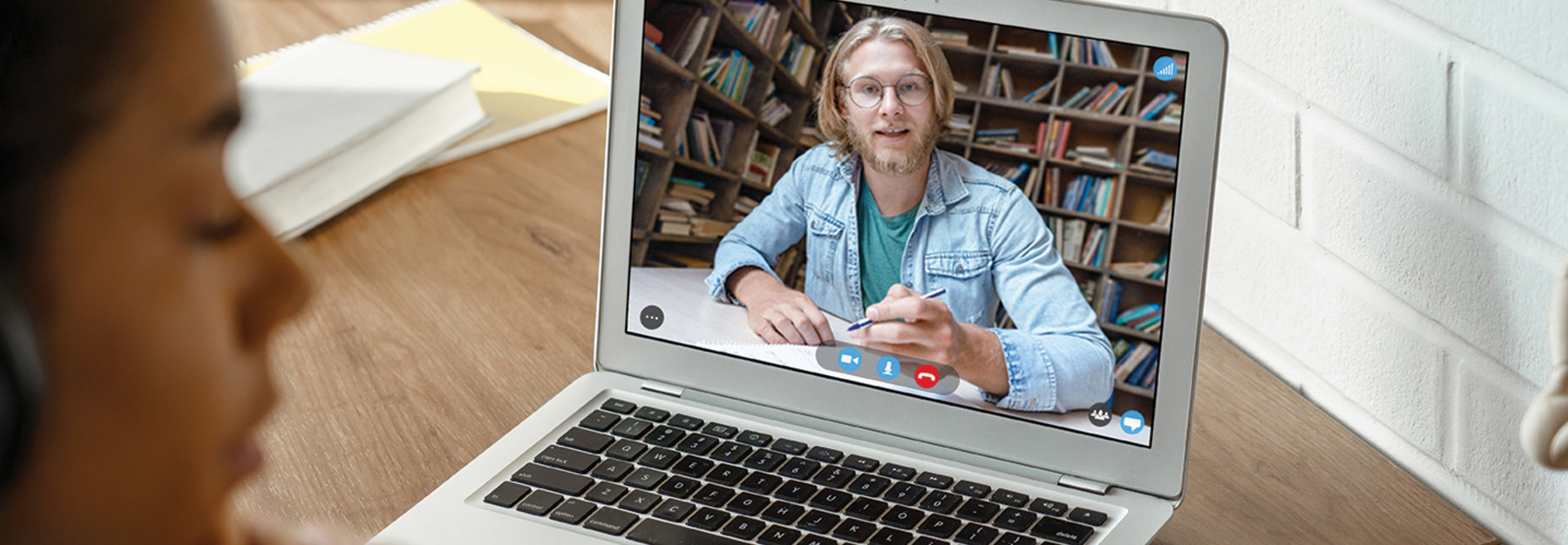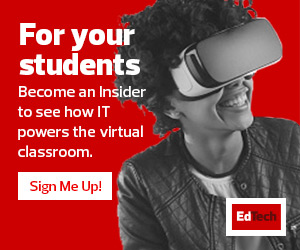2. Maximize Flexibility to Help Every Student Succeed
From a practical and logistical standpoint, higher education instructors need to have some degree of consistency about how they post lessons, how students should hand work in and when to hold digital class sessions. However, tools can have hiccups. Students can have vastly different learning preferences. And living situations on or off campus can be chaotic when an online lesson requires quiet. Greater flexibility can allow everyone to more easily address or work around these issues. For example, professors could allow students to hand in assignments through an established learning platform or via email. Uploaded recorded sessions could serve as a student reference or allow students to make up classes at their convenience.
We also need flexibility to improve attention. Being in front of a screen all day can be mentally and physically fatiguing. Sessions may need to be shorter, and students may need to take more regular breaks. This may be more of a concern for master’s and doctoral students, who might have teaching responsibilities in addition to their own coursework, and for students who choose extended or accelerated classes to fit their schedules (for example, one three-hour session once a week instead of a one-hour session three times a week).
One way to achieve more flexibility is shifting the focus from curriculum to concept-based learning and moving away from lectures toward more individualized, hands-on, student-centric models. The lecture-oriented form of teaching is still painfully ingrained, particularly in colleges and universities, to the extent that most facilities are physically designed to support it, with sprawling halls that can house dozens and dozens of students in a single class.
Such shifts acknowledge that not all students learn at the same rate and that they need different levels of accommodation. They require us to abandon a reliance on standardized materials and to focus more simply on whether students have mastered concepts in a manner and at a pace that makes sense for them. Many instructors have been calling for this type of foundational mindset shift for students of all ages for years, but COVID-19 has presented a catalyst that may finally push people to embrace it on a wider scale.
RELATED: See how evolving views of remote learning are redefining student success.
3. Create Opportunities to Socialize and Build Community
One of the biggest concerns about online learning is that students don’t have opportunities to socialize the way they would during a traditional academic day. Students cannot chat with each other or their professors as they walk to and from class on campus, and many of the experiences associated with college life, such as sorority and fraternity activities, aren’t possible. The result is that some students may miss valuable opportunities for mentorship, career guidance and personal self-discovery.
To ensure that students have the chance to engage and connect, we have to formalize what otherwise would occur more naturally and get more creative about how to bring students together safely. This could mean hosting a special video session where people can play a game or talk about a common interest. Such sessions can also allow students to ask questions, voice concerns or talk about their feelings about the pandemic and show empathy for one another.
Everyone can decide democratically how these sessions function and what they include, and they can be for educators, parents and administrators as easily as for students. Also, even with lockdown restrictions, socializing doesn’t have to be solely online, so long as students responsibly adhere to their institution’s social distancing protocols. For example, students could organize contactless food drives, outdoor film screenings or study sessions in the park.
Education during the pandemic is no cakewalk. However, it does not have to be excruciating, especially if we acknowledge systemic problems that exist and work together to understand everyone’s needs. By building opportunities for multifaceted feedback; ditching traditional authoritarianism for more flexible, student-centric models; and getting creative in how we socialize, we can continue to ensure a bright future for all students.











